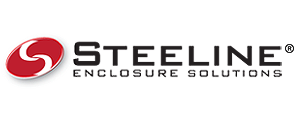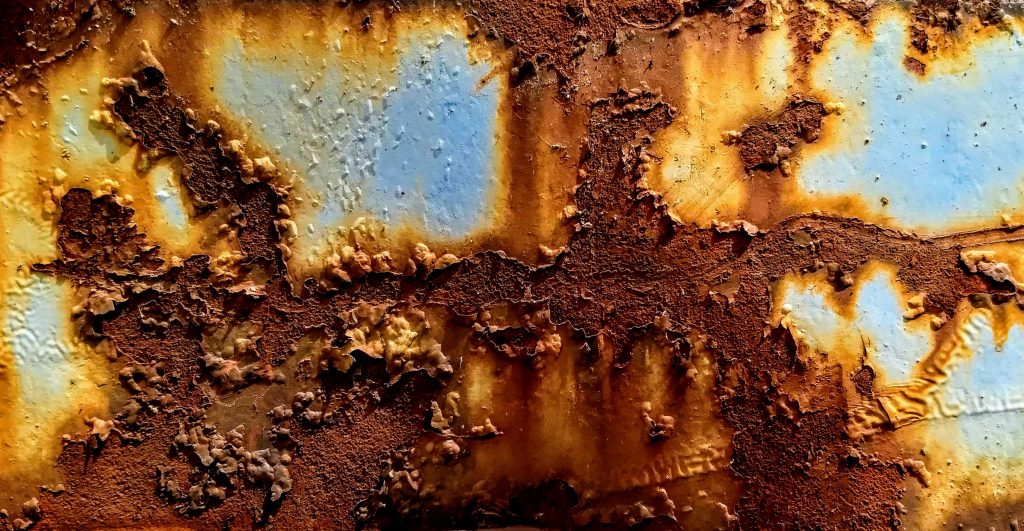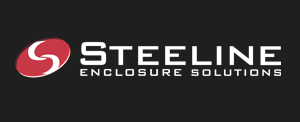
Corrosion Resistant Enclosures
Steeline Enclosure Solutions designs, engineers and manufactures standard and custom electrical corrosion resistant steel enclosures for industries and applications of all types. Our high-quality electrical enclosures come in different varieties based on the equipment they are designed to protect and the environments the boxes are designed to endure. In this article, we’ll discuss what corrosion is, which environments necessitate which enclosure types, and which enclosures are most corrosion resistant for especially harsh environments.
What Is Corrosion, Anyway?
Wikipedia defines corrosion as follows.
Corrosion is a natural process, which converts a refined metal to a more chemically-stable form, such as its oxide, hydroxide, or sulfide. It is the gradual destruction of materials (usually metals) by chemical and/or electrochemical reaction with their environment. Corrosion engineering is the field dedicated to controlling and stopping corrosion.
In the most common use of the word, this means electrochemical oxidation of metal in reaction with an oxidant such as oxygen or sulfates. Rusting, the formation of iron oxides, is a well-known example of electrochemical corrosion. This type of damage typically produces oxide(s) or salt(s) of the original metal, and results in a distinctive orange coloration. Corrosion can also occur in materials other than metals, such as ceramics or polymers, although in this context, the term “degradation” is more common. Corrosion degrades the useful properties of materials and structures including strength, appearance and permeability to liquids and gases.
Many structural alloys corrode merely from exposure to moisture in air, but the process can be strongly affected by exposure to certain substances. Corrosion can be concentrated locally to form a pit or crack, or it can extend across a wide area more or less uniformly corroding the surface. Because corrosion is a diffusion-controlled process, it occurs on exposed surfaces. As a result, methods to reduce the activity of the exposed surface, such as passivation and chromate conversion, can increase a material’s corrosion resistance. However, some corrosion mechanisms are less visible and less predictable.

Which Environments Necessitate Which Enclosure Types?
Which type of electrical enclosure a business or organization needs is largely based on:
- What the enclosure is designed to protect
- From which elements is the enclosure protecting against
For example, an electrical enclosure in Seattle may protect the irrigation controls on a golf course from heavy rain. The Seattle enclosure will likely be different from the enclosure used to protect the ventilation system at a food manufacturer where the controls must be protected from the food itself. One final example would be an enclosure designed to protect traffic controls in Arizona from extreme heat.
NEMA (National Electrical Manufacturers Association) standards for enclosure ratings.
Type 1: This rating is for all-purpose enclosures. The protection features include protection against minor liquid contact, light, and dust. Enclosures of this type are not air-tight.
Type 3R: This rating is for outdoor enclosures that are liquid resistant, but not water-tight or water-proof.
Type 4: These enclosures are designed to be weatherproof during normal weather phenomena such as rain, hail, and wind.
Type 4X: These enclosures are weatherproof like Type 4 enclosures, but these are also corrosion-resistant.
Which Enclosure Types Are Most Corrosion Resistant?
Steeline Enclosure Solutions offers Type 4X enclosures made with various building materials. Aluminum, 304 stainless steel, and 316 stainless steel are often used to produce Type 4X electrical enclosure boxes.
When in doubt, go with stainless steel to protect your electrical equipment and wiring. Stainless steel is the material that resists corrosion most when compared to the other building materials. 316 stainless steel is best at protecting against corroders such as high temperature, acids, and salt spray.
Steeline Enclosure Solutions has an enclosure for every application. If our standard product line does not meet your needs, we also offer modified standard enclosures as well as completely custom electrical corrosion resistant steel enclosures to meet your exact specifications. Give us a call and we’ll get to work!
*Our team of experts are available to review and customize enclosure solutions to match your specific needs. If you do not see a system that filts your requirements, CONTACT US for a custom engineered system.


